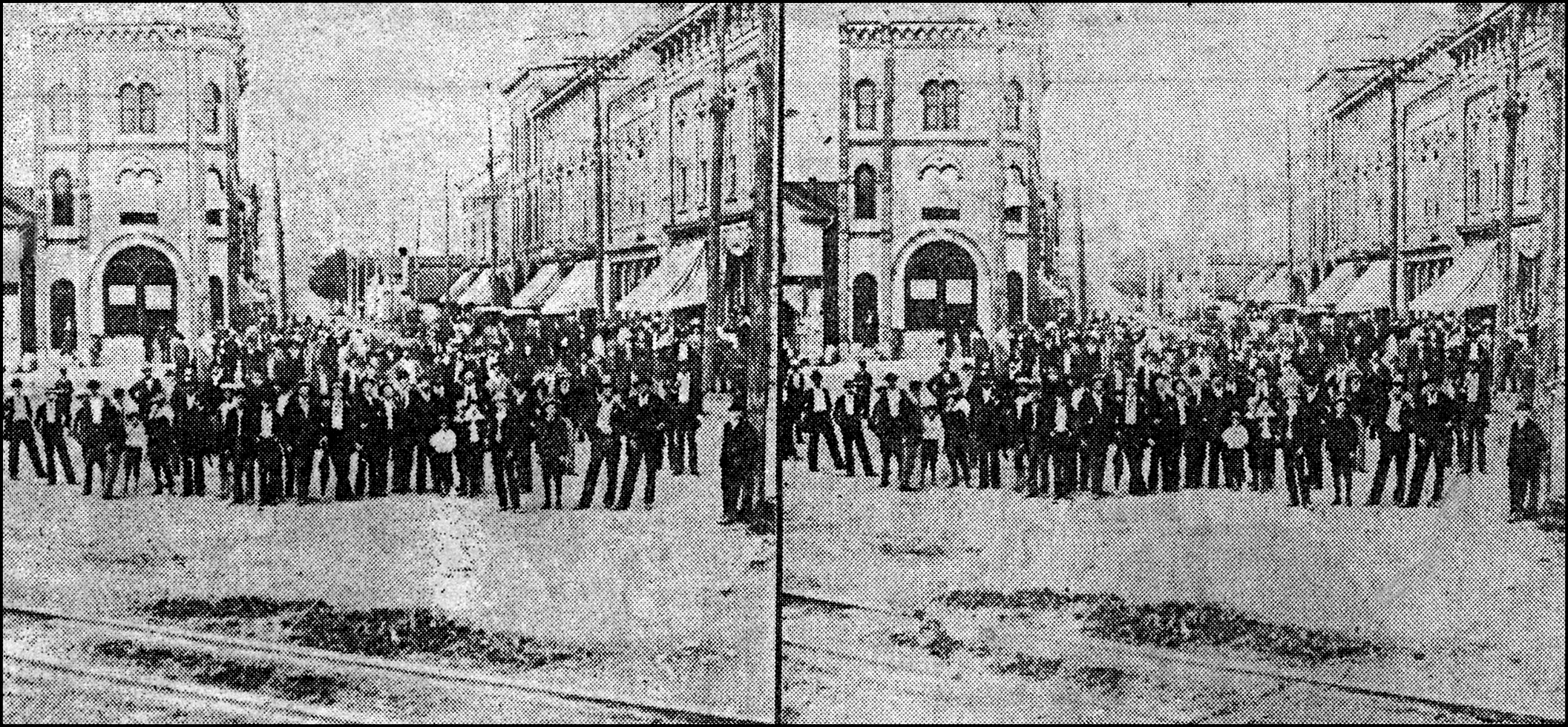I recently uncovered two interesting articles from my yesteryear collection. Tom Hodge, a former Johnson City Press writer, penned the first one in April 1987. It contained an unidentified, undated poem sent to the columnist by Rena Helvey, providing a less-than-complimentary but interesting lyrical reflection of the old city:
“Come, little children, gather round my knee.
“I'll tell you of a town that used to be.
“The town of Johnson City was its name.
“For long-hanging wire overhead and cracked sidewalks it soon won its fame.
“When Rip Van Winkle awoke from his sleep,
“He took a walk down into West Main Street.
“The first sign he saw was United Sales and Salvage Stores.
“And he said, “The same old sign after my 20 years of snores.
“On down West Main he continued to walk.
“And the sidewalks were so cracked they seem to talk.
“Telling their troubles to Pip, they seemed to say,
“'No repairs have been made since your younger day'.
“Other towns around continued to grow.
“But not this town, it was too slow.
“Now, little children, don't you think it's a shame and a pit.
“What once could have been a metropolis is still the backwoods town of Johnson City.
“Now my friends, the town of which you have heard,
“Is just as dead as the dodo bird.
“Do not disturb nor rouse us from our sleep.
“For dirty streets and cracked sidewalks, we want to keep.”
Whether this rhyme is serious or a satire is unknown, but it was obviously written a long time ago when Johnson City was a sleepy little town still in its infancy. Over time it managed to shed its backwoods image by putting downtown power lines underground, paving streets and fixing cracks in sidewalks.
My efforts to locate the United Sales and Salvage Stores came up dry. If we assume the sidewalks were paved ones, the date of the poem was after 1908. Possibly the cracked sidewalks referred to those in the wooden sidewalks that were in place. We can only speculate.

Stereo view of downtown Johnson City looking east in 1896
Anne Newton, who penned the second article in June 1987, shined a much different light on our favorite city. Area folks viewed their town in three dimensional photography as early as 1896 through the use of a stereoscope.
Between 1858 and 1920, stereoscopes and an assortment of views were commonplace in middle and upper class parlors across America.
Wannabe travelers could sit in the comfort of their favorite soft chairs and explore unfamiliar foreign and domestic lands in 3-D, unlike those in two dimensional books and magazines.
The leisure device was used to view stereographs, a pair of photographic prints of the same scene but at slightly different angles. They were mounted side by side and seen through a stereoscope to show the real life effect.
According to Hodge, the Sherrod Library at East Tennessee State University bought the stereograph of Johnson City in November 1986 for the Archives of Appalachia.
The dual card depicts a crowd of citizens facing west at Fountain Square in Johnson City in 1896. The railroad tracks that passed through our bustling city are visible at the front.
It was suggested that, even without a stereoscope, the viewer could hold the card at a slight angle, stare at the center of it and observe downtown Johnson City in 3-D. I did not have much success doing that.
The view included a brief historical overview, boasting of our city's industries: a foundry and machine works, ice factory, two insulator pin factories, one steam flouring mill, one 125-ton capacity furnace, one cannery, three hotels, five brick schools, three grocery stores, one bakery, three drug stores, two laundries, two banks and five dry goods clothing stores, five smith and carriage shops, three harness and saddle shops and one livery stable.
Johnson City was definitely a booming city in 1896.
